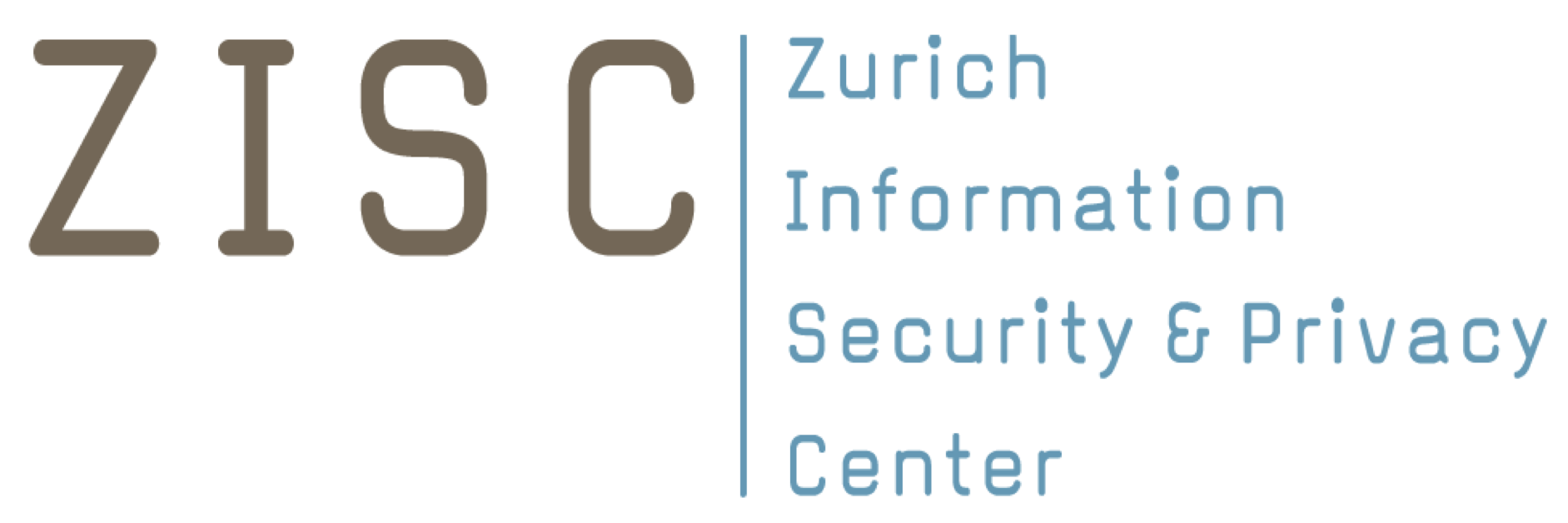Privacy Preserving Machine Learning for Cyber Insurance

Status
The project started in fall 2020 and has been successfully completed in 2023.
Researchers
Dr. Kari Kostiainen (ETH)
Prof. Dr. Esfandiar Mohammadi (University of Lübeck)
Industry partner
Zurich Insurance
Description
A typical cyber insurance product provides coverage against monetary loss caused by cyber attacks or IT failures. Many companies have an increasing need for such protection, and thus this insurance line of business is growing rapidly. Compared to many other traditional areas of insurance, insurers still face challenges with respect to the cyber peril. The level of understanding of cyber risk, i.e. how to thoroughly assess risk, describe the risk, model the risk, is not on the same level as for a number of other risks. One major obstacle insurers are confronted with is the lack of trustworthy and structured data to describe cyber exposures and cyber losses.
Insurers address this problem today by collecting data from the insureds using detailed questionnaires that the customer needs to fill in. Such questionnaires typically include questions regarding security management and security practices of the company, for instance around the software patching process, remote access, backup and recovery practices. However, many customers are unwilling to reveal full details of their IT systems and security management. Customers are likely to be concerned that honest answers that indicate poor IT security practices could be used to discriminate against them, either at the time of cyber insurance pricing or possible claim handling.
In this project, we explore recent advances in privacy preserving learning methods. In particular, we focus on differentially private gradient boosted decision trees. Differentially private learning methods allow us to learn information about a dataset while withholding information about any specific instance from the dataset. In other words, the influence of every single instance on the learned model is deniable, hence preserving the instance’s privacy. Additionally, we would like to leverage secure enclave environments such as Intel SGX, which would allow participants to verify the correctness of the learning method’s source code prior to sharing their own data, and ensure that no single participant has direct access to the whole dataset. Through additional enclave hardening, the learning method would then run completely isolated in this secure enclave, and only release curated statistical information.
